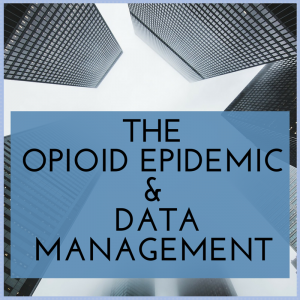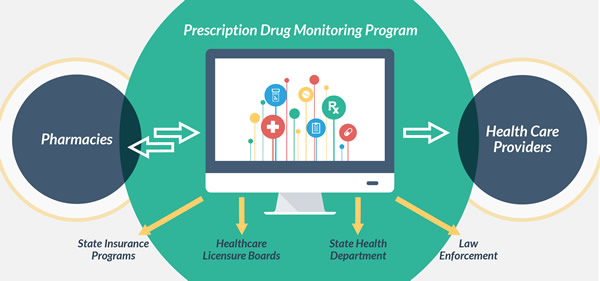| The opioid epidemic is a real concern for health plans and providers. BHM understands the importance of BHI and how data management can be key to helping prevent opioid addiction. Click here to learn how we can help you. |
In 2014 more than 14,000 people died from prescription opioid overdoses* and the numbers are not decreasing. Prescription Drug Monitoring Programs and the analysis of patient data, are two ways the healthcare industry is fighting the opioid epidemic.
Using Data to Identify Problems and Trends
Prescription Drug Monitoring Programs (PDMPs) are one way both payers and providers are using data to help prevent opioid abuse. PDMPs are electronic databases that track the prescribing and dispensing of controlled substances.
These databases also give payers and providers access to a patient’s controlled substance use history. This helps not only to identify how suspected of abuse or diversion a patient is, but also how best to proceed with care. Prescription history (including amounts), prescription overlaps, opioid abuse history are just a few of the things you will find in a PDMP.
This important data give providers the power to identify high risk patients. Once a patient is flagged as high risk they can they be enrolled in opioid addiction educational programs and/or wellness program to help prevent abuse.

The Prescription Drug Monitoring Program Center of Excellence at Brandeis found that utilizing PDMP data can¹:
- Inform clinical decision making and improve prescribing
- Identify and reduce questionable prescribing and doctor diversion
- Impact Payer decisions on availability and prescription coverage
- Improve cost savings for healthcare organizations
- Assist in the monitoring of controlled substances
- Assist in drug abuse prevention efforts
Data and the Opioid Epidemic
Data analysis and management can help organizations identify abuse patterns, addiction trends, and even questionable prescribing or dispensing trends.
Collaboration is key and clear communication between organizations will be critical to the future of the opioid epidemic. Data is collected from all facets of the healthcare continuum, encouraging doctors and payers to work together to prevent opioid abuse.
Data gives insight for the future. Analyzing the effectiveness of prescription and pain management programs will tell organizations which policies or processes need to be adapted or improved for the future. By analyzing data, providers and payers can effectively improve the way opioids are prescribed, used, and abused. This data is also crucial to patient safety and will help the opioid abuser get the help they need.
Want to learn more about how the opioid epidemic can impact to your organization? Join us for the free webinar: The Hidden Impact of Opioid Addiction! Register below:
https://bhmhealthcaresolutions.enterthemeeting.com/m/3MC4733Z
1-Briefing on PDMP Effectiveness: https://www.pdmpexcellence.org/sites/all/pdfs/Briefing%20on%20PDMP%20Effectiveness%203rd%20revision.pdf
